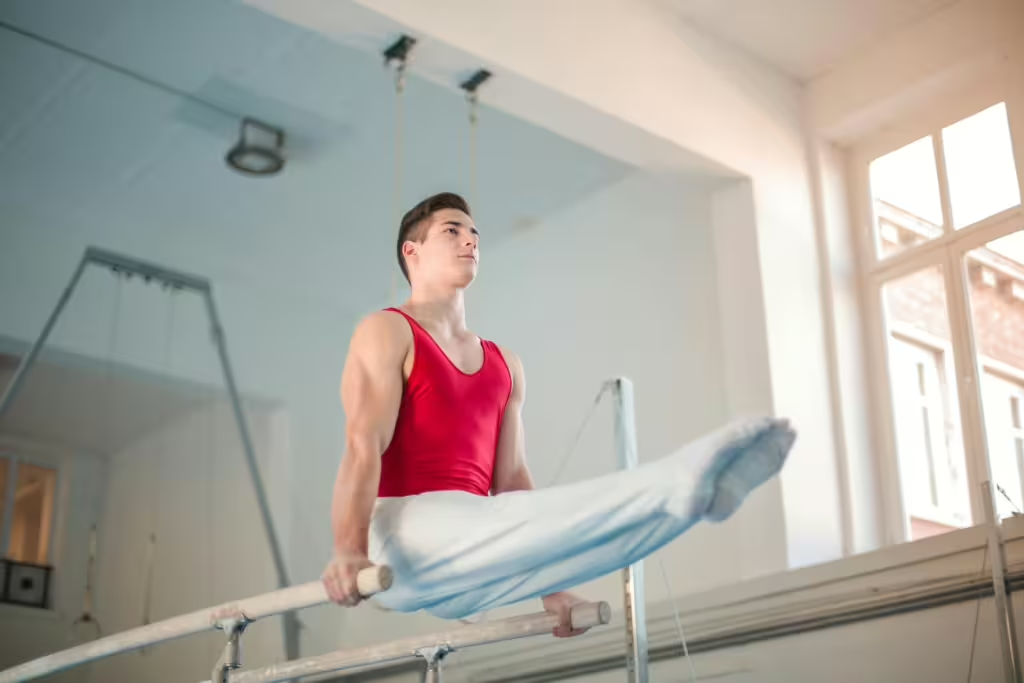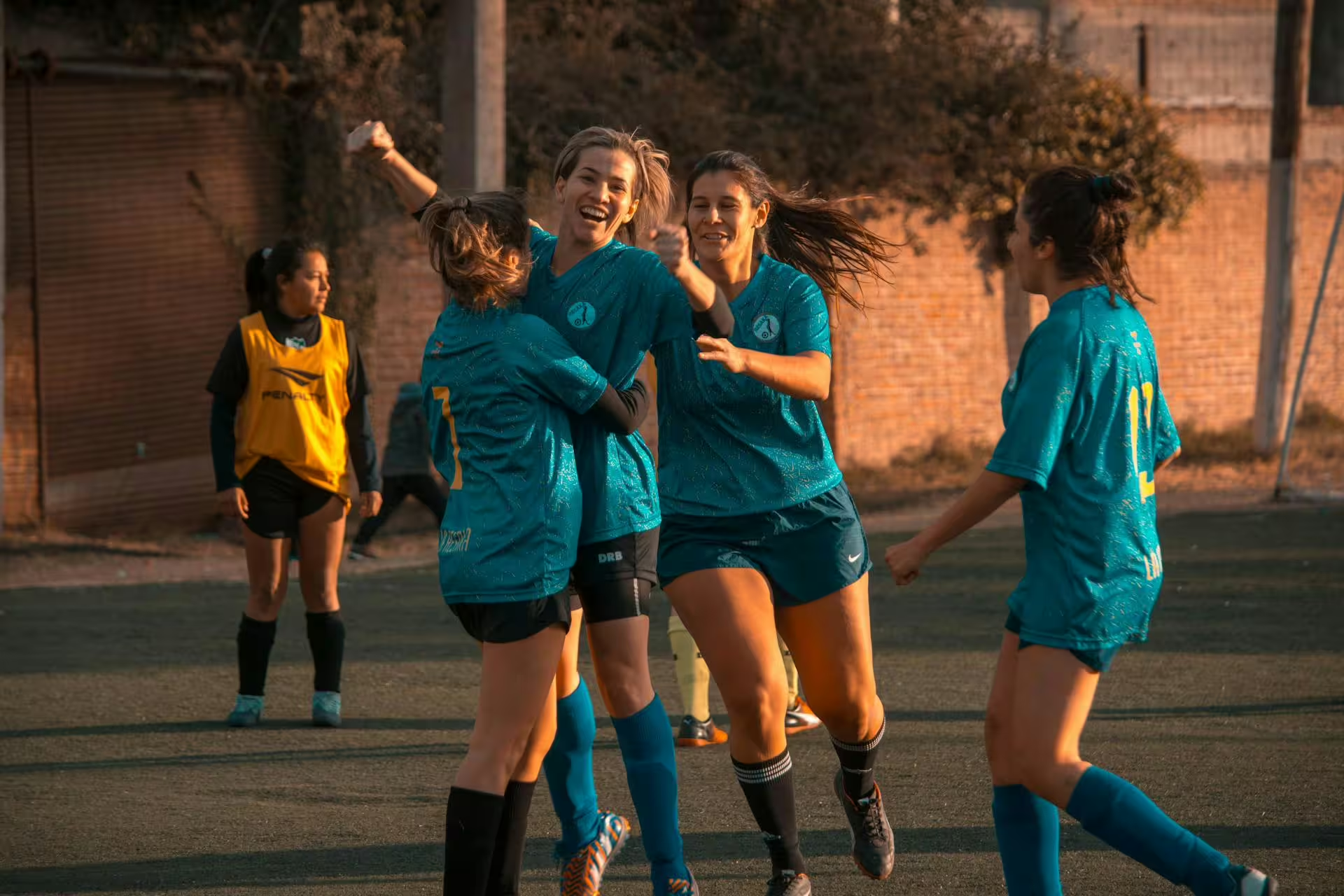We have all marveled at the acrobatic feats of Olympic gymnasts. We have seen them do incredible things, movements that defy what many of us believed the human body was capable of, and all in the name of competition. And seeing gymnastics as one of the main highlights of the Olympic games, a person might surmise that it has been around since those games first appeared in the times of ancient Greece. Yet, the timeless journey of gymnastics cannot be measured just by its ancient origins or its modern marvels, for there are many centuries of history in between that bear at least some measure of analysis.
It is true that gymnastics is one of the oldest athletic disciplines in the history of the human race. Its rich history is filled with cultural evolution, individual creativity, the spirit of innovation and competition, and influence on a global scale. Indeed, gymnastics’ blend of strength, grace, balance, and control, makes it easy to love, easy to appreciate, fun to perform, and thus desirable for any child looking to break into the world of youth sports.
In this article, we will take parents on a journey through time. Together, we will explore gymnastics’ ancient roots, how it has changed and developed over the ensuing centuries, and how parents can use information about the sport to help their children become proper gymnasts themselves!
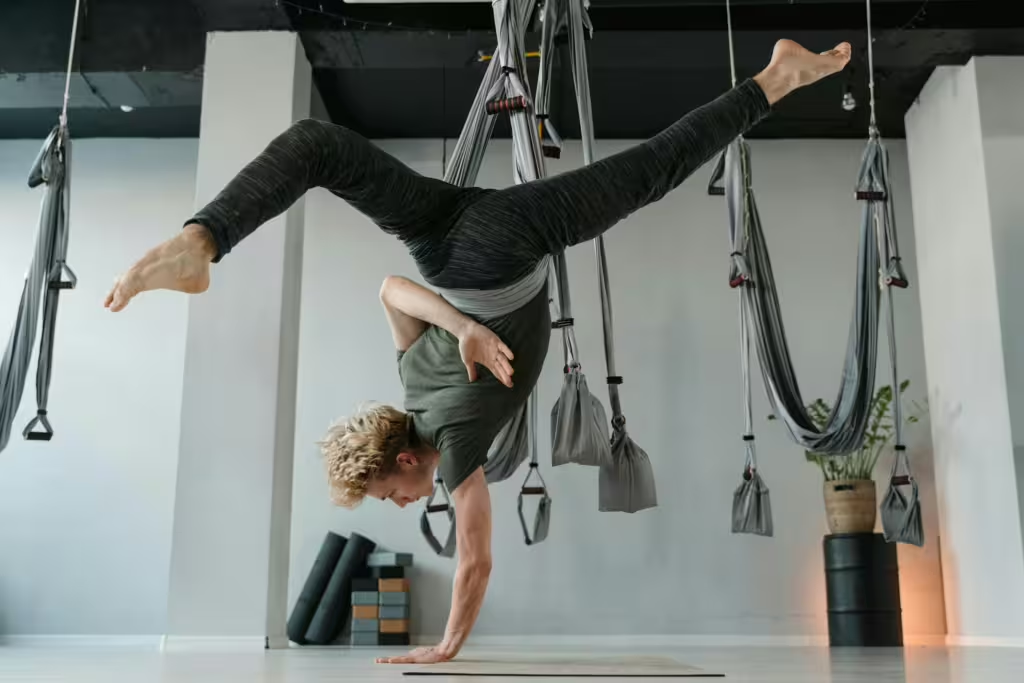
Gymnastic Flavors
When we define gymnastics, we’re not just discussing a single style, we are referring to a host of different exercises that each require different levels of physical strength, flexibility, balance, coordination, and agility. The wide range of disciplines included under the auspices of the term include, but are not limited to:
- Artistic gymnastics, which is generally performed on gymnastic-specific apparatuses like the balance beam, vault, or rings.
- Rhythmic gymnastics tends to involving dance and performers using additional contrivances such as ribbons, hoops, or balls.
- Trampoline gymnastics involves performing on a trampoline.
- Aerobic gymnastics is similar to rhythmic gymnastics, though it incorporates elements of aerobic exercise into performances and routines.
- Acrobatic gymnastics usually involves teams of individuals performing routines, acrobatic feats, and dances together.
Incidentally, though all are valid down the line, most young children begin their gymnastic careers by joining basic recreational gymnastics programs. They often transition into artistic or rhythmic programs as they grow and develop their own tastes.
In the Beginning, There Was Gymnastics…
Ancient Egypt and China
We bet you thought we were going to start with Greece, didn’t you? While Greece is the birthplace of the gymnastics most of us know and love from the Olympics, there is historical evidence that gymnastic-like activity was actually enjoyed by the ancient Egyptians and those who lived in ancient China, approximately 4,000 years ago. The former is evidenced by hieroglyphic drawings that illustrate certain acrobatic movements, including balancing acts and partner lifts. The implication is that these Egyptian athletics were usually performed during religious ceremonies and at festivals.
On the other hand, the people of ancient China likely incorporated tumbling and flexibility exercises into their martial arts practices. Many of those might have even resembled modern gymnastic routines that are today performed on the floor, as well as some degree of acrobatics and hand balancing.
Ancient Greece
Did you know that the word “gymnastics” comes from the Greek word “gymnos,” which means “naked?” It was named as such because Greek athletes often trained without clothes as a humble means of honoring the human form in all its buff beauty. The ancient Greeks were not self-conscious about their nakedness as it turns out, because gymnastics was basically a part of everyday life in Greece. The sport, if indeed it was one in those days, was woven into military training, education, and reflected in the art and philosophy of the age.
The foundation of Greek gymnastics were focused on a number of specific disciplines, including, running, jumping, climbing, throwing, swimming, balance, and wresting. Most of the time, those exercises were practiced in gymnasiums, which in those days, were essentially public training areas where young men were taught physical fitness. They also learned academics in these spaces, however, as the Greeks saw gymnastics as essential for developing both the body and the mind. When the Olympic Games first began in 776 BCE, gymnastics was counted among the first offerings.
Roman Influence and the Middle Ages
When the Romans took over Greece sometime later, they saw the potential of gymnastics; though they adapted Greek gymnastics into their own training systems. Roman soldiers practiced a similar training regimen known as calisthenics, which at the time was a systematic bodyweight exercises designed for strength and endurance.
In the end, however, the sport did not save the Empire. Indeed, the fall of the Roman Empire around the 5th century CE, led to the decline of of many athletic traditions, gymnastics included. The Middle Ages were not a great time for physical fitness. In those dark days, physical training was often neglected or even discouraged. Monastic communities were particularly hateful of the practice, as they emphasized prayer and study over physical activity. Despite this, physical performance persisted in some forms. Acrobatics and tumbling, which were seen among traveling entertainers and in circus culture, kept the gymnastic traditions alive!
The Modern Rebirth Of Gymnastics
Friedrich Ludwig Jahn: The “Father of Modern Gymnastics”
Believe it or not, gymnastics as we know it today first truly began to take shape in early 19th-century Germany. More spectacular, is that it is largely due to the interests and influence of a man named Friedrich Ludwig Jahn. Jahn was a teacher and nationalist who believed that physical fitness was vital for national pride and strength, so around 1810, he began a movement that he would use to impart this to the world.
Jahn’s Turnen movement, which comes from the German word for “to do gymnastics,” began when he opened the Turnplatz, or open-air gymnasium. The gym was opened in Berlin, at the very heart of the nation, and Jahn actually invented several gymnastic apparatus that are still used today, including the parallel bars, high bar, vaulting horse, and balance beam.
Jahn’s movement for movement really caught on and it spread quickly through German schools, eventually inspiring a global gymnastics subculture. In fact, gymnastics societies called Turnvereine sprang up across Europe and eventually across the ocean, when German immigrant communities resettled in the United States.
Gymnastics in Sweden and Denmark
While the gymnastic movements of Germany emphasized strength and apparatus training, other countries developed different approaches to the growing sport. In Sweden, for example, a man named Pehr Henrik Ling developed a system that focused on therapeutic and structured movement. This Swedish form of gymnastics emphasized posture, breathing, and coordination. Additionally, the people of Denmark began to contribute their own forms, focusing on dance and rhythmic gymnastics.
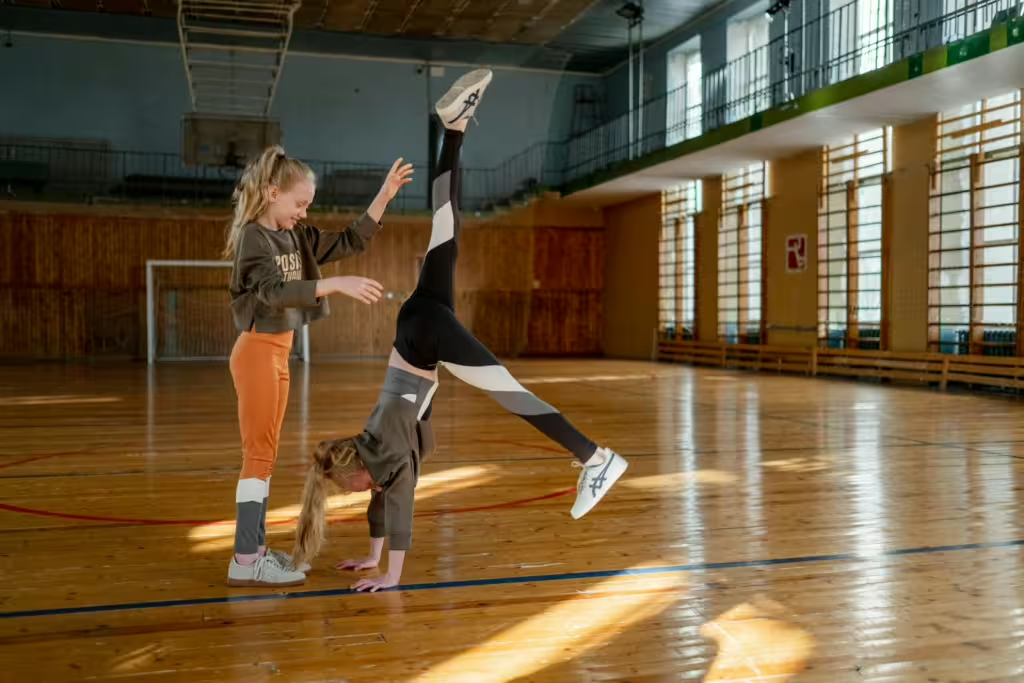
Gymnastics in the United States
Once Europe had caught gymnastic fever, it was America’s turn. As we stated briefly earlier, gymnastics first “arrived” in the U.S. in the 1800s by way of German immigrants. Those enthusiasts eventually established Turner clubs, or gymnastic societies, in cities like Cincinnati, Milwaukee, and St. Louis. As with the European clubs, these places emphasized physical training, but they were also an important cultural hub for the German immigrant community. These clubs also eventually helped to introduce gymnastics into American schools. The beginning of the 20th century, saw gymnastics introduced into collegiate physical education programs as well as the military. By the time the 1920s rolled around, American athletes were competing on the international stage.
Gymnastics At The Olympics
Men’s Gymnastics
Men’s gymnastics had always been a part of the Olympic games and indeed was included in the very first modern Olympic Games in 1896. These games took place, appropriately, in Athens, Greece. Early events for the men’s gymnastics competition included rope climbing, pommel horse, and horizontal bar. In those days, it was technique which dominated, rather than artistry.
Women’s Gymnastics
Unfortunately, women weren’t allowed to compete in Olympic gymnastics until the 1928 Olympic Games were held in Amsterdam. Yet even then, the events tended to be focused on group calisthenics, rather than any sort of expression or individual achievement. Fortunately, time and progress has seen the women’s version of the sport evolve into the most famous events of the modern age, namely: the vault, uneven bars, balance beam, and floor routines.
The Rise of Artistic Gymnastics
In the 1950s, the world began a sort of love affair with artistic gymnastics. By the time the 1970s rolled around, the concept positively exploded. The Soviet Union, Romania, and East Germany tended to dominate international competitions at the time, with stars like Larisa Latynina, Olga Korbut, and Nadia Comaneci capturing the world’s attention. Those gymnasts went on to inspire countless generations of budding gymnastic champions all across the globe.
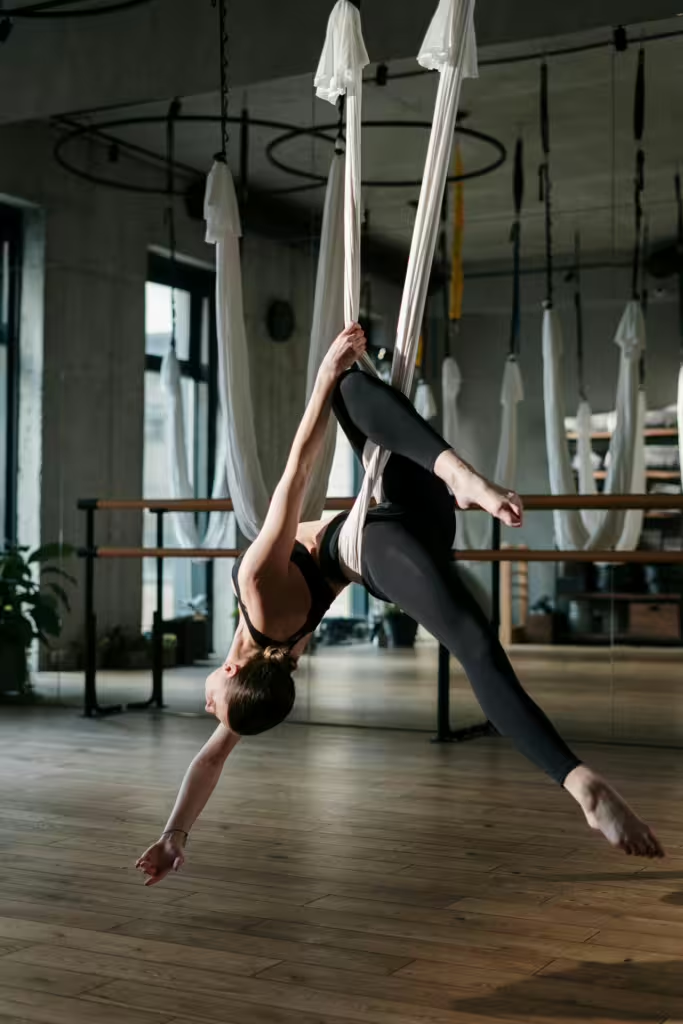
Cultured Athlete Says…
As you can see, the history of gymnastics is long and storied; it can be measured over the centuries and traced to many different cultures. From Egyptian walls to Grecian vases, to the massive Olympic arenas, that bring the world together every four years, the amazing evolution of gymnastics is indicative of the true ingenuity of the human race. Though the sport has changed in some amazing ways over the years, it still manages to preserve its core values of strength, grace, and perseverance. Now that you know about gymnastics and the rich history of its evolution, we hope that you can impart that understanding to your own budding gymnasts.
Discover more from CulturedAthlete
Subscribe to get the latest posts sent to your email.

